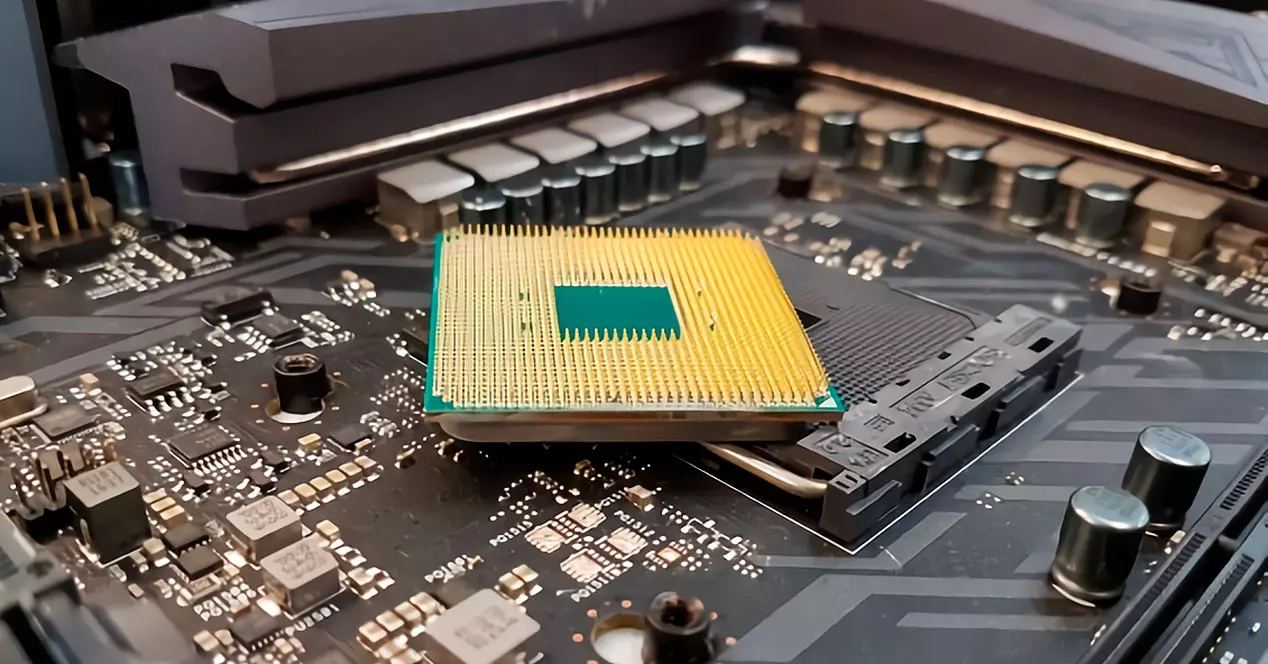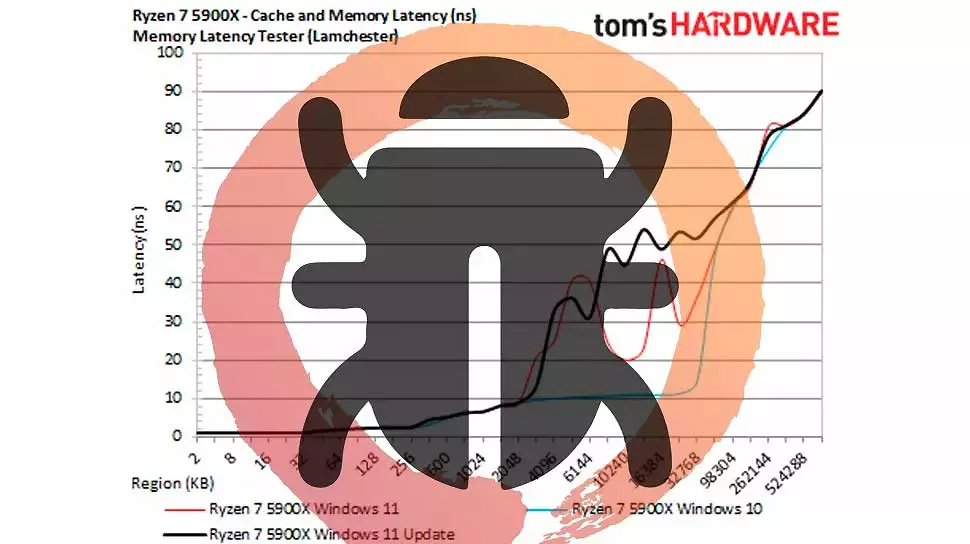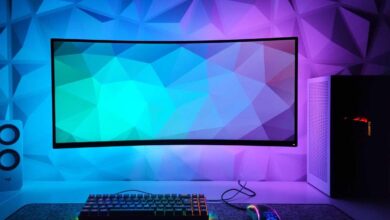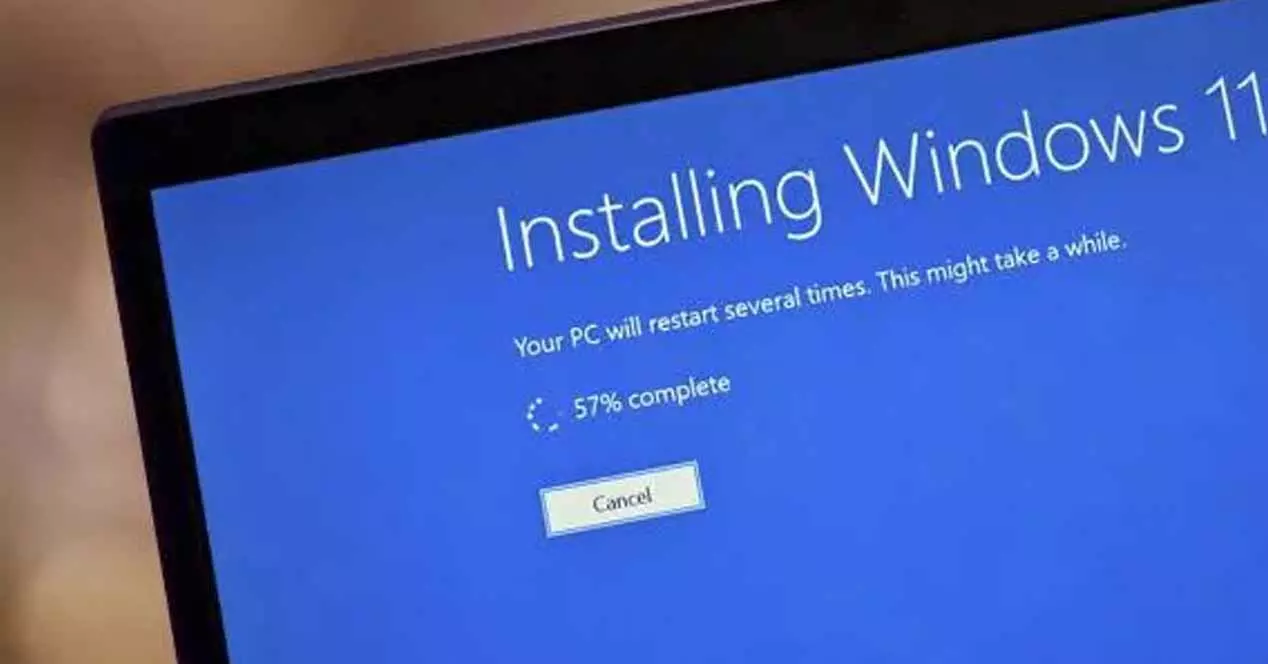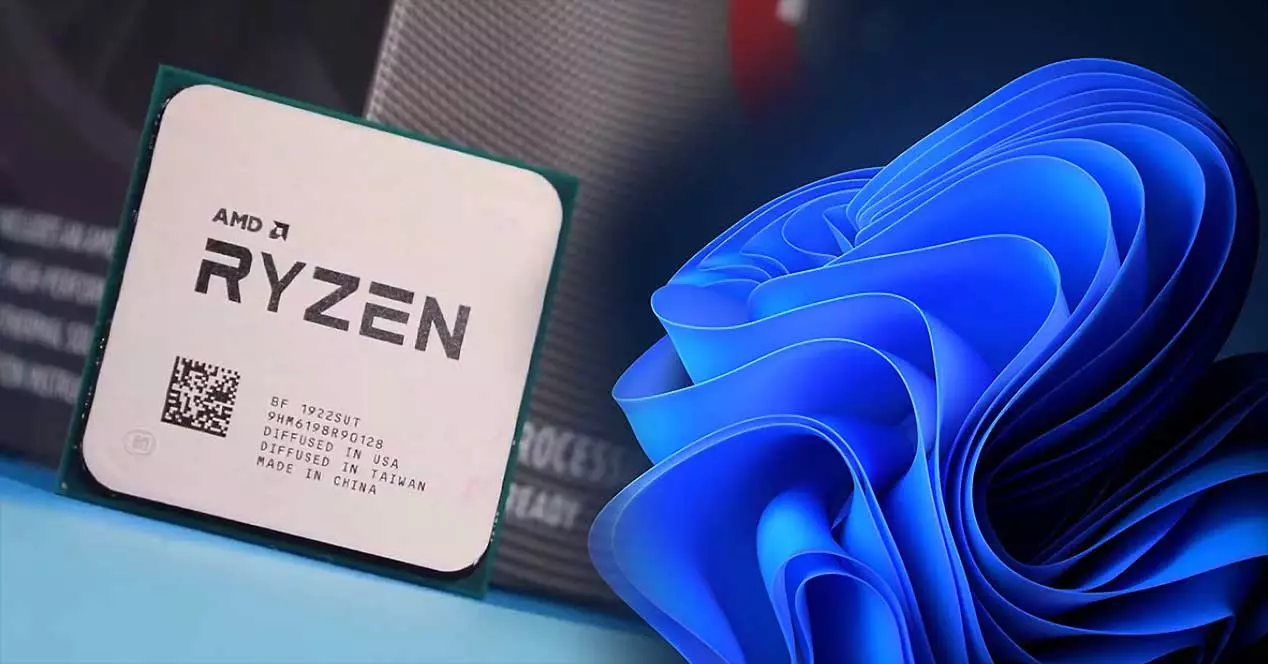
How is it possible that AMD did not realize such an important detail for its CPUs with the new Windows 11? We do not know, but what happened relegates the company a step below Intel in this new OS and logically the problem is not its processors, but the compendium of these with the operating system. New data sheds even more light on the problem, which is worrisome.
Two problems detected, no solution at the moment
The latest data offered shows that Windows 11 updates are not benefiting AMD, but rather on the contrary, they are slowly destroying its performance. And it is precisely what they achieve is to slow down several key points of their processors, specifically those of the Ryzen series and especially those that have 8 cores or more, as well as TDP above 65 watts.
Why are you so specific conditions? First, by model segmentation, since CCDs are composed of a maximum of 8 cores, secondly, the problem of consumption that is linked to the first point and that has to do with the function CPPC2 (Collaborative Power and Performance Control 2) which balances the load of the cores towards those that can achieve a higher speed and therefore a greater performance in both heavy and light tasks, reducing the voltage and therefore the consumption.
Windows 11 destroys latency on AMD CPUs
What has been commented here has nothing to do with the VBS and HVCI problems that were already reducing performance in themselves, here the problem is a major destruction in cache and RAM latency, where the values with respect to Windows 10 they are multiplied by six, especially as a result of the latest Windows 11 updates.
The normal thing in these processors is that from the 32 MB of cache load it logically triggers values of 40. 50 and up to 90 ns, while with lower loads it should remain about 10 ns.
With Windows 11 after passing the 2 MB load we have an exponential increase that reaches up to 30 ns with 4 MB and more than 50 ns loading the cache with 16 MB. In addition, the graph fluctuates, synonymous with the load balancing and threads not being well executed by Windows 11. What repercussions does this have? Well, a fall from 15% extra on gaming and between a 3% and 5% in desktop software.
AMD is working with Microsoft to solve this, the problem is that Intel has already sent the first units for review of its Alder Lake CPUs, so these reviews have to be done with Windows 11 to determine the real performance due to the Thread scheduler. Director of Intel, so comparatively speaking and to equal conditions the AMD CPUs have to have the same OS, which would slow down the performance in the value tables, at least if AMD and Microsoft do not solve the problem in time.
